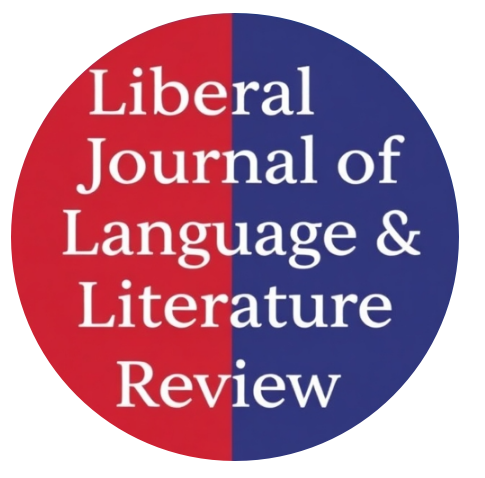Verb Phrase Constructions in Hemingway’s The Old Man at the Bridge: A Syntactic Analysis through X-Bar Theory
Abstract
This research offers a syntactic examination of the construction of verb phrases in Hemingway's The Old Man at the Bridge using X-bar Theory (1970). The main goal of the study is to analyze the verb phrases, describe their role in the context, and how these phrases contribute to the meaning of respective sentences in the selected text. X-Bar Theory explains the structure of phrase in particular how phrases are built in a hierarchy of levels and gives primary importance to head verb and how it relates to its complements, adjuncts, and modifiers. From this perspective, the study investigates how the verb phrase, as the basic syntactic construction, carries the core information of the action, its location, manner, and modality in Hemingway’s prose. The findings of the study illustrates a new dimension of the interaction of syntax and semantics by showing how verb phrases depict actions as well as the states of mind. Furthermore, the analysis of negatives, modals, embedded clauses, and coordinated clauses has been carried out to show the versatility and complexity of verb phrase structures in the selected text. The study rests on the claim that the joining of constituent components into higher units has profound implications for the semantics of sentences and provides evidence for the syntactic structure of a representative sample of sentences penned by Hemingway.
Keywords: Verb Phrase, X-bar theory, Constituents, Literary text, Complement, and Adjunct.




